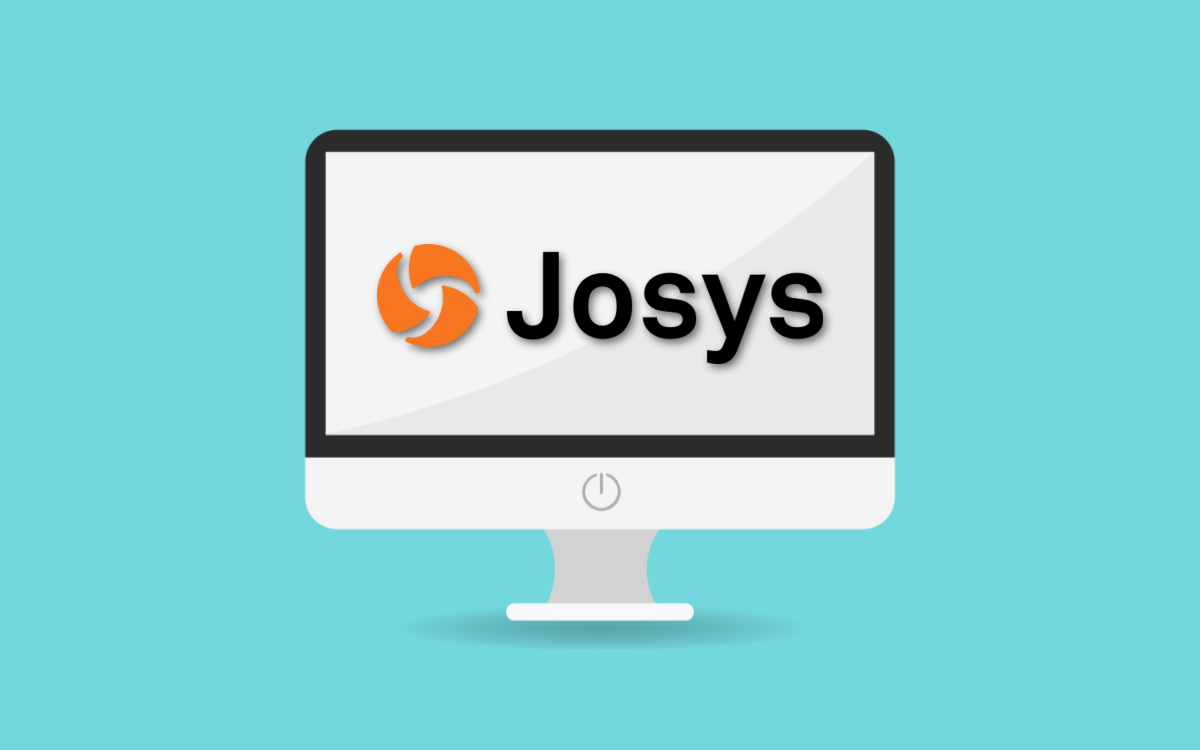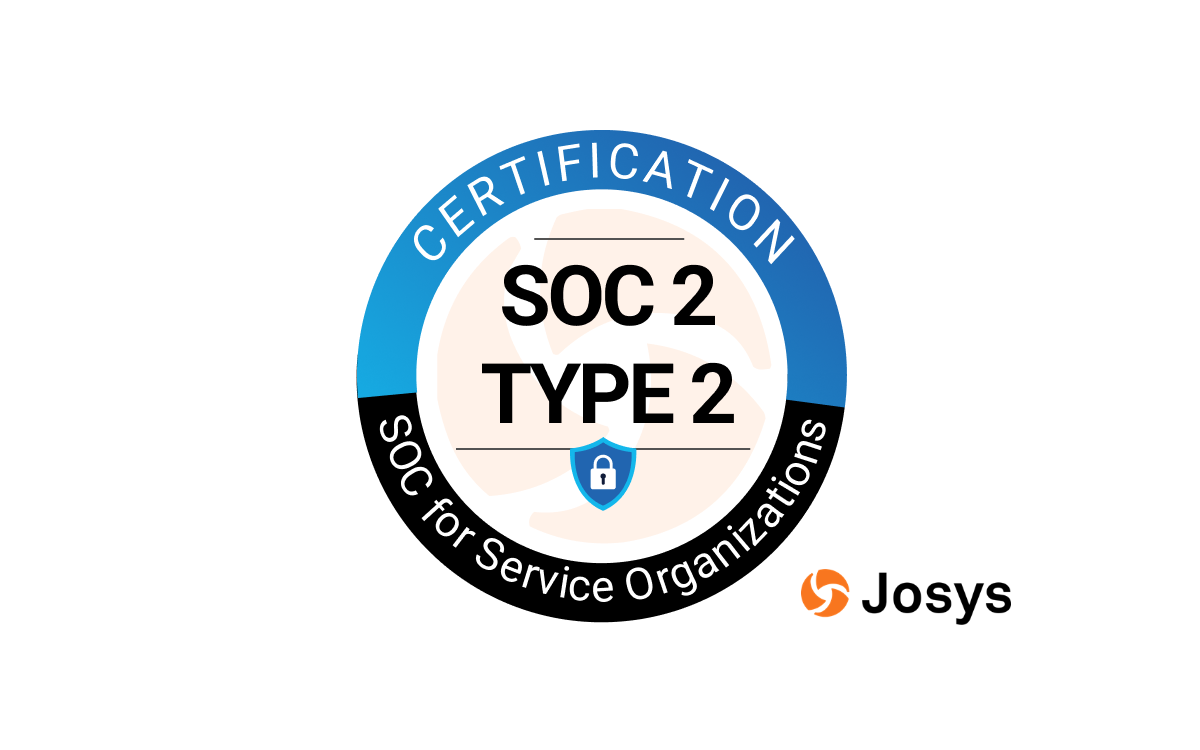SaaS management is managing or overseeing an organization’s SaaS portfolio. This includes subscription and usage management, integrating and improving workflows, and ensuring security and compliance. Proper SaaS management is crucial for saving money, protecting data, and aligning software with company goals and industry standards, ultimately enhancing efficiency, reducing risks, and cutting costs. The goal is to ensure these applications are managed and supporting the business effectively.
Core Components
SaaS management consists of essential components, each dealing with important aspects of the SaaS system:
- Centralized Inventory: Optimizing an organization’s SaaS usage involves determining which SaaS tools are used and purchased. Keeping an inventory of all the apps that IT is managing is imperative to securing data access, budgeting appropriately, and identifying areas for usage optimization.
- Access Management: Both for onboarding and offboarding employees, SaaS management is imperative to provisioning and deprovisioning access in a timely manner. By giving employees access to tools they need on day one, based on their role, ensures a positive employee experience. Deprovisioning all access on their last day also ensures company and customer data is inaccessible once they leave the organization.
- Usage & Cost Optimization: The organization can then reduce or stop the underused or unused apps to save money. By tracking an organization’s SaaS expenses, IT departments can determine which expenses are necessary and which are not. It involves negotiating favorable deals with SaaS vendors, renewing wisely, and canceling unused or underused subscriptions to save money.
Assessing Your Business Needs
Identifying an organization’s needs and problems before diving into SaaS Management is important. This helps figure out where SaaS management can make the most significant difference and bring the most improvement.
Identifying Organizational Challenges
You can determine the appropriate solutions by identifying your organization’s SaaS needs and challenges. Identifying organizational challenges is a process that involves several key considerations:
- Inventory Current SaaS Usage: List all the SaaS apps used in the organization. With this list, you can know what your SaaS ecosystem looks like, which helps you identify any need for improvement or automation. Try finding a platform that provides integration with your SaaS applications to automate inventory management and license management.
- Analyze Spend and Utilization: Analyze your SaaS expenses alongside their usage. By bringing all subscriptions into one system, you can identify underused SaaS apps, and with effective SaaS management, you can rectify inefficiencies.
- Assess Data Security and Compliance: Check whether your current SaaS apps and user access processes follow data security rules and meet regulatory requirements. Finding any weak spots or places where you may not have oversight of employee access points is essential for reducing risks.
- Evaluate Integration and Workflow Impact: See how well your SaaS apps work together and how they affect your work processes. If they don’t connect well, it can cause problems like fragmented data, making things less efficient.
Benefits of SaaS Management
Implementing effective SaaS Management practices offers many benefits that can significantly impact an organization’s operational efficiency, financial health, security posture, and user satisfaction. Here’s a closer look at these benefits:
- Efficiency and Productivity: SaaS management makes employees more productive by making their SaaS options easy to find, reduces IT’s time provisioning access, and automates real-time insights of user access
- Cost Savings and ROI: One of the most evident benefits of SaaS management is that it can save money and improve return on investment. Elimination of Redundant Subscriptions, optimizing subscription plans are 2 ways to save.
- Security and Compliance: The need for efficient SaaS management, especially for security and compliance, becomes more evident as businesses adopt more SaaS tools. Centralizing visibility helps protect your data and respond to audit requests as well.
Case Studies and Success Stories
Coconala Co., Ltd.
Coconala Co., Ltd., a skill-matching platform provider, faced significant challenges in managing a growing number of SaaS accounts and keeping IT device management current. With around 80 internal SaaS apps, centralizing account management was daunting, leading to security oversight issues and difficulty tracking retired employees’ accounts.
The adoption of Josys’s intelligent SaaS management solution revolutionized their approach by automating account and inventory management, saving approximately 720,000 yen annually and halving man-hours for employee transitions. This strategic move enhanced security management, facilitated auditing, and positioned Coconala for scalable growth, underlining the transformative impact of efficient SaaS account management.
Omasu Consultants Co., Ltd.
Omasu Consultants Co., Ltd., entrenched in construction consulting for over 60 years, confronted the challenge of modernizing IT asset management to boost productivity. The reliance on decentralized Excel sheets for asset management hindered efficiency and real-time data accessibility.
Implementing Josys as their centralized asset management solution marked a significant turning point. The cloud-based platform enabled real-time visualization of management status and centralized operations, dramatically enhancing operational efficiency, particularly in a telework environment. This shift streamlined Omasu’s asset management and reaffirmed its dedication to embracing digital transformation in construction consulting.
Conclusion
The adoption of SaaS management practices offers a clear pathway to not only mitigating the challenges associated with the proliferation of SaaS sprawl but also harnesses their full potential to drive innovation and strategic growth. By meticulously evaluating your current SaaS landscape and identifying areas for improvement, your organization can experience the rightness and suitability of SaaS and then go on a transformative journey toward operational excellence and heightened user satisfaction.
Embark on this journey with a clear vision of how effective Josys SaaS management tool can redefine how your organization leverages cloud-based applications. For those ready to take this step, we encourage you to explore the solutions through our personalized demo. This shows how Josys caters to your organizational needs, offering personalized insights and strategies to elevate your SaaS ecosystem.



